This website uses cookies so that we can provide you with the best user experience possible. Cookie information is stored in your browser and performs functions such as recognising you when you return to our website and helping our team to understand which sections of the website you find most interesting and useful.
Author: Ingrid Murray
-
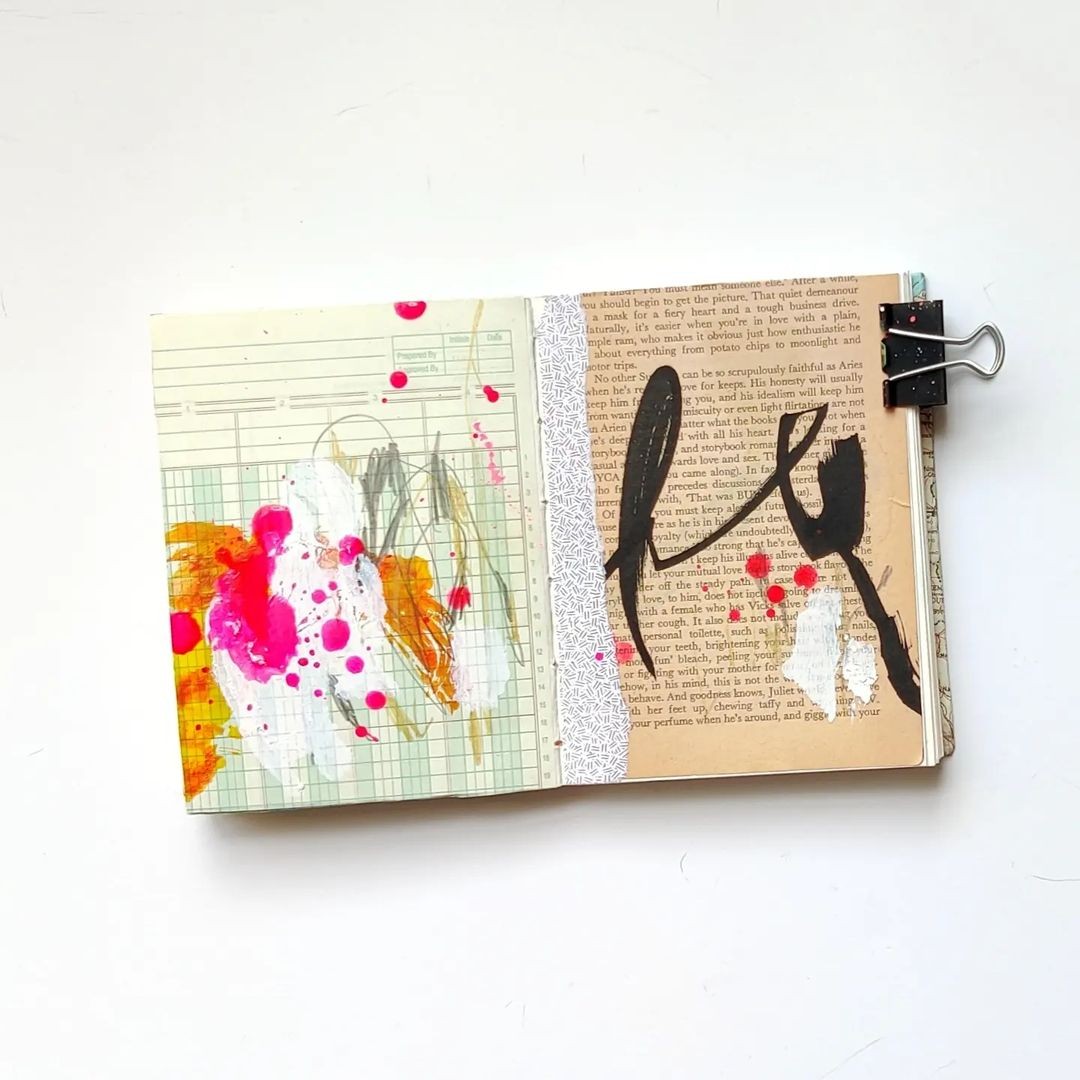
Featured Artist, UTIAJ
•
I’m excited to share that I will be a featured artist for this fall’s Under the Influence Art Journaling, hosted by Andrea Chebeleu of A Work of Heart. Not only will you get to explore my particular way of art journaling, but you’ll get to meet me virtually! Even better,…
-
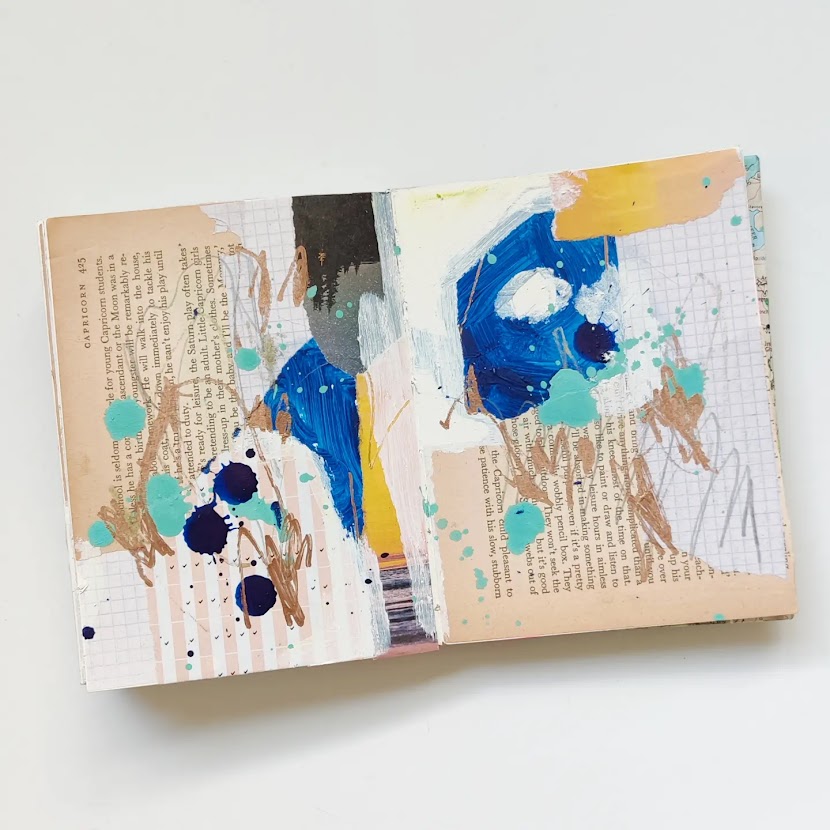
Final Pages
•
I started this art journal in early April of this year — I know because I stamped the date on the cover. I am nearly finished with it. Here are some of the final pages, created with collaged papers, acrylic and tempera paint, oil pastel, acrylic ink, graphite, and paint…
-
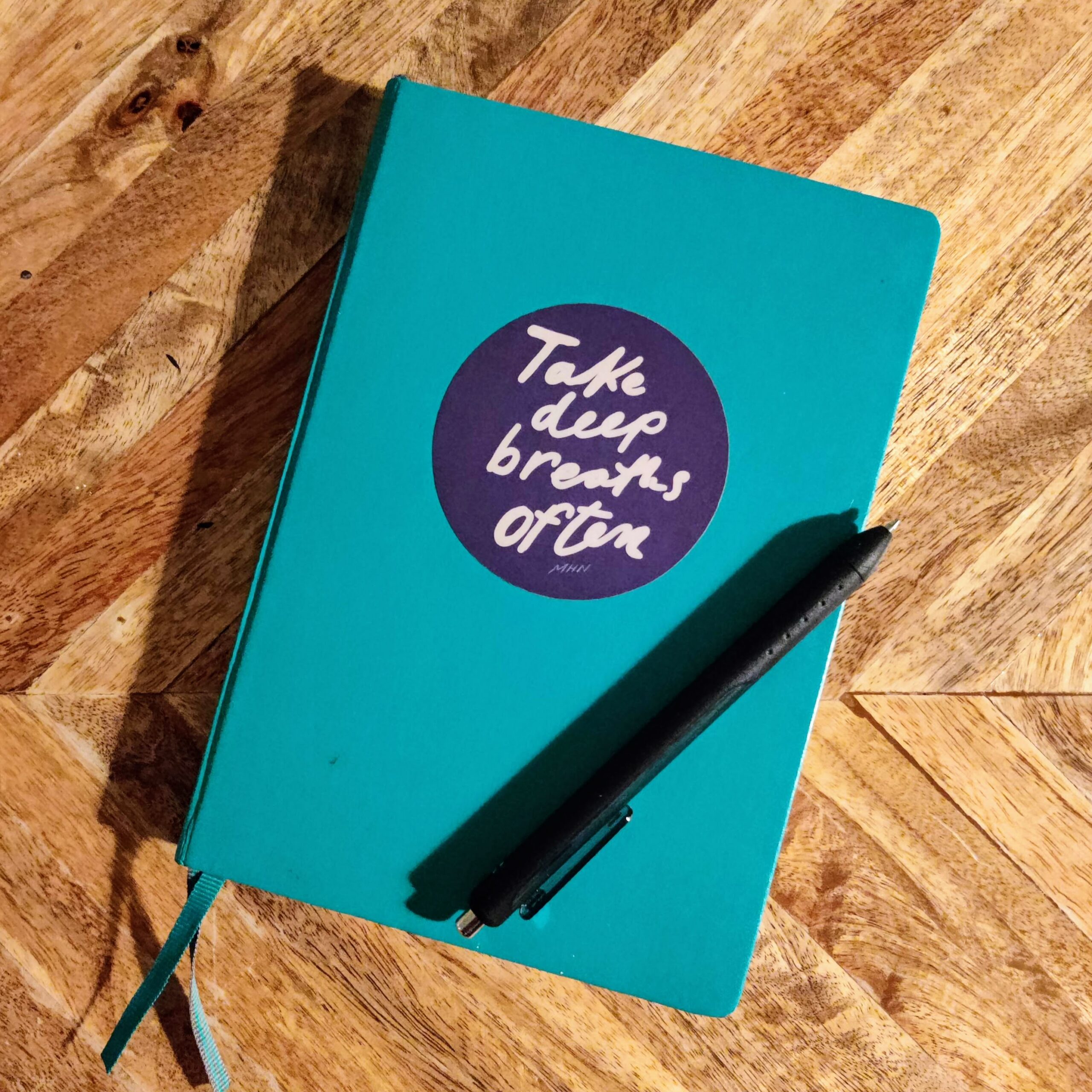
Commonplace Books
•
Somehow I’ve made it this many years before ever hearing about commonplace books. You, too? Commonplace books seem to be, generally, a written collection of the things that attract your attention and pique your interest — a more right-brained version of an art journal, I suppose. The actual definition is…
-
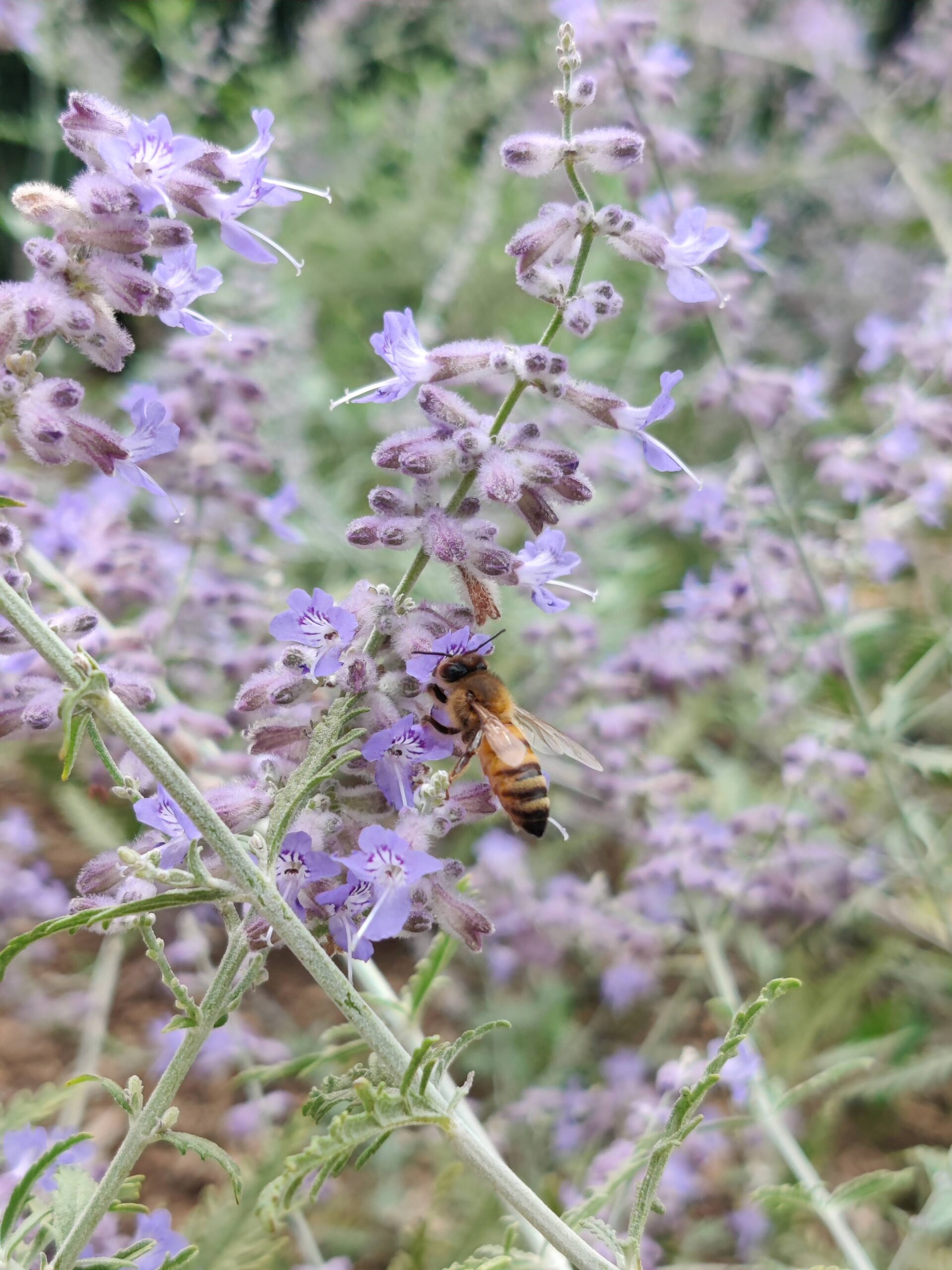
Hey, Autumn
•
Somehow, suddenly, it’s autumn. Every year, I say the same thing — and every year, the seasons pass by more quickly than the year before. It’s still mostly summer-like here in Baltimore: the days are hot (though less humid and the sky a brilliant, cloudless blue) and evenings are still…
-
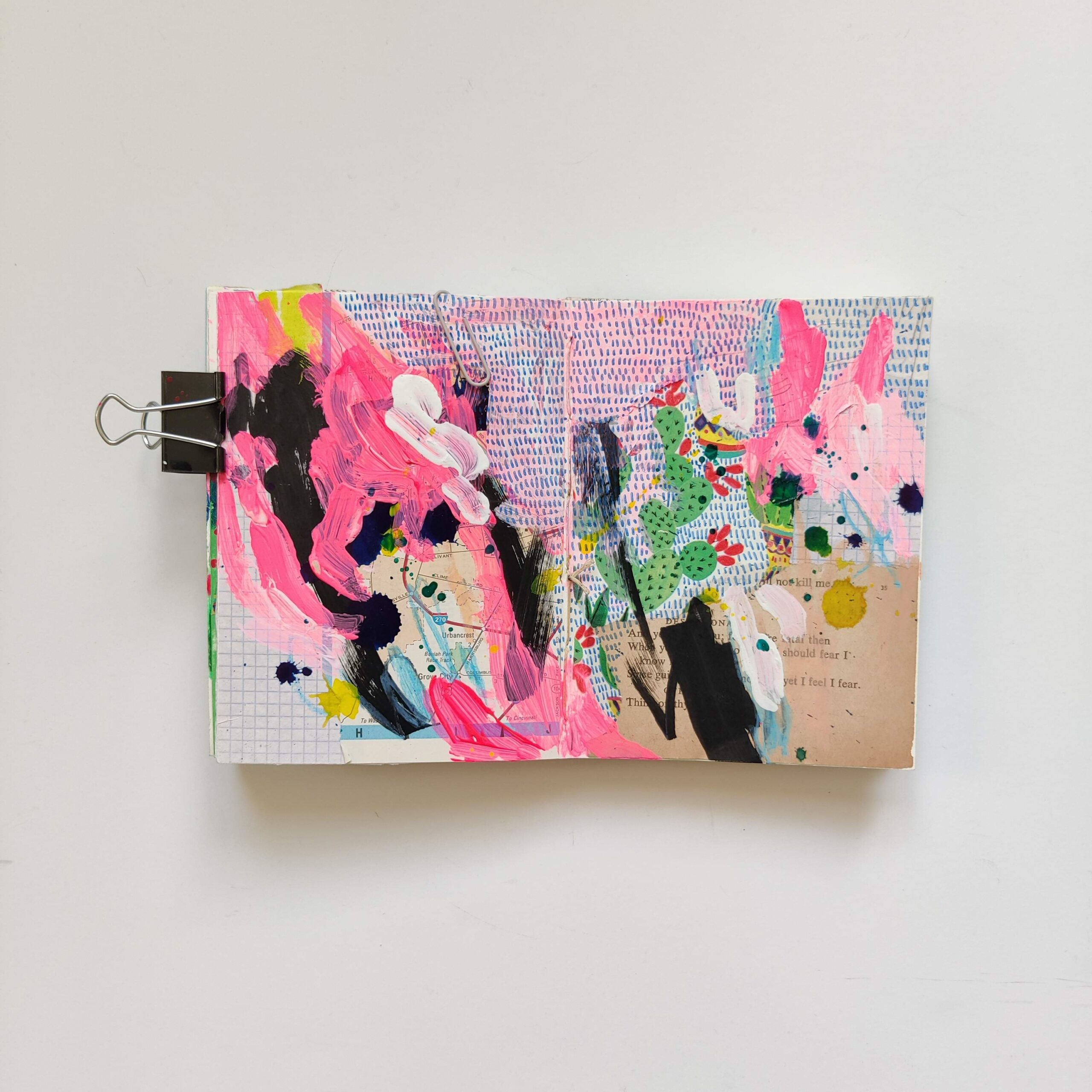
Greens & Neons
•
Recent mixed media art journal pages featuring a variety of papers, acrylic paints and inks, tempera paint, oil pastel, paint marker, graphite, and colored pencil.
